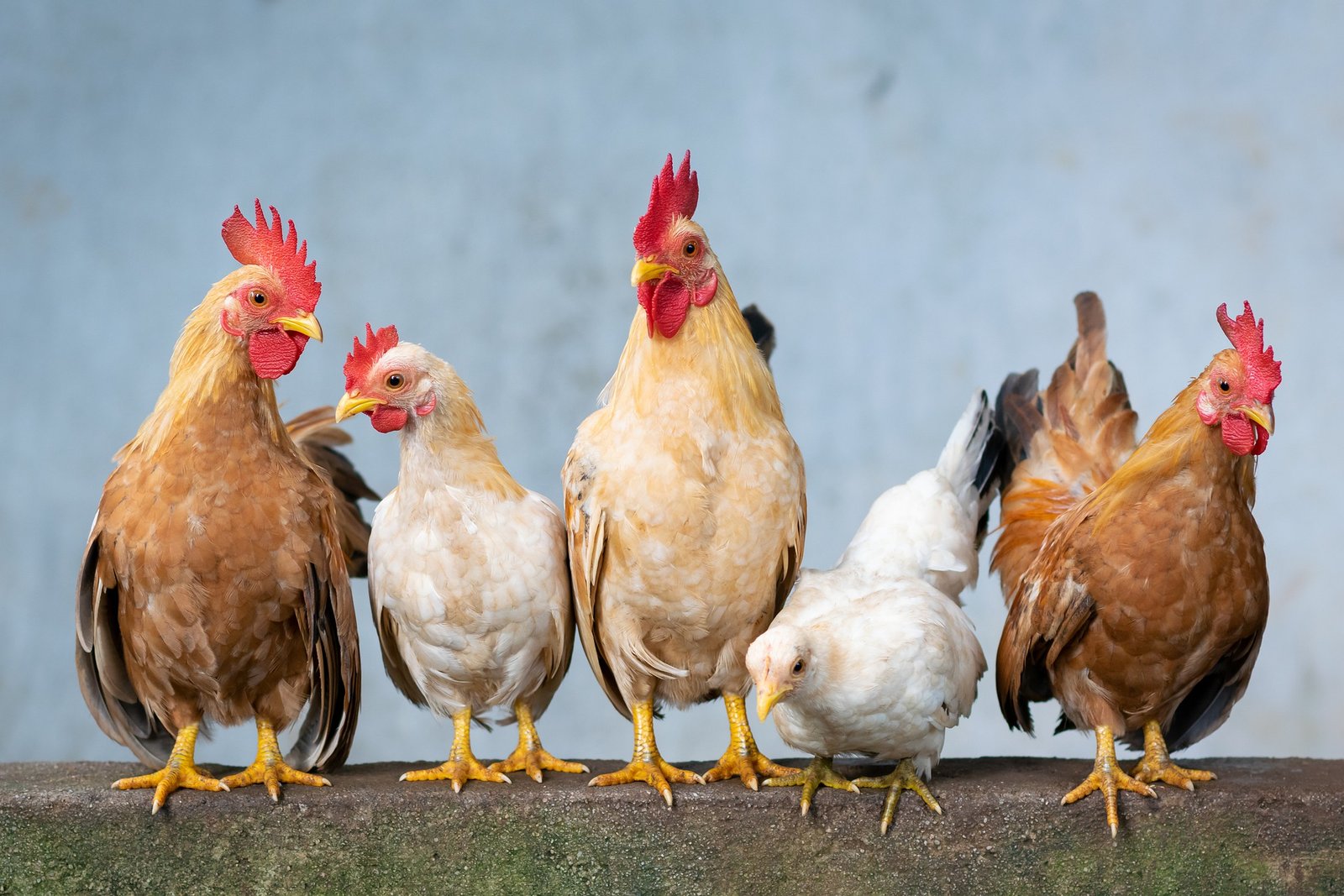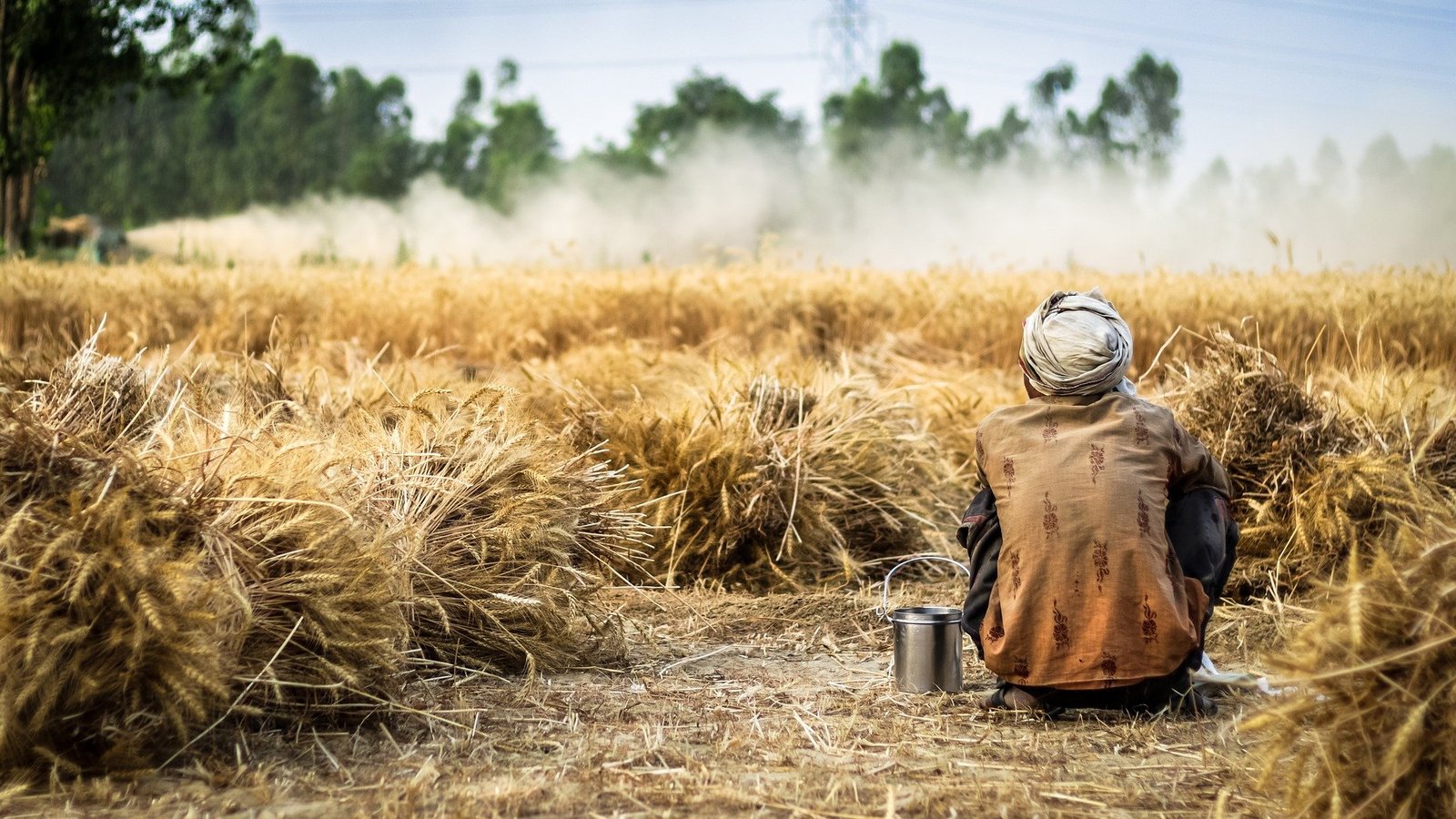Butter: It is considered as a fat concentrated milk product obtained after churning of cream. It is produced from milk or cream or both with or without the addition of salt. It normally consists of 80% milk fat.
Overrun: It is the excess yield of butter than the fat used. It is mainly due to moisture, curd, salt etc. It is always expressed in percentage.
Classification of Butter:
| Classification | Description |
| Pasteurized cream butter | Pasteurized sweet cream is used. Mild in flavour. |
| Ripened cream butter | Prepared from cream added with butter culture and then incubated till development of desired acidity and flavour. Delicate flavour commonly known as ‘real butter flavour’. |
| Unripened cream butter | Unripened cream is used. |
| Salted butter | Cream added with salt. |
| Unsalted butter | No salt added. |
| Sweet cream butter | Made from cream in which acidity does not exceed 0.2%. |
| Sour cream butter | Made from cream in which acidity exceeds 0.2%. |
| Fresh butter | Butter which is not cold stored. |
| Cold storage butter | Butter stored at -18˚C for period of time. |
| Dairy butter | Sour in flavour due to high acidity in cream. |
| Creamery butter | More uniform in quality than dairy butter. |
AGMARK Standards of Butter
| Characteristics | Table butter | White butter |
|---|---|---|
| Fat % (min.) | 80 | 82 |
| Acidity % (max.) | 0.15 | 0.06 |
| Moisture % (max.) | 16 | —— |
| Curd % (max.) | 1.0 | 1.5 |
| Salt % (max.) | 2.5 | —— |
| Total plate count/g (max.) | 5000 | —— |
| Coliform/ml (max.) | 5 | 5 |
| Yeast and mold/g (max.) | 20 | 20 |
Chemical Composition
| Constituents | Percentage |
| Fat | 80.2 |
| Moisture | 16.3 |
| Salt | 2.5 |
| Curd | 1.0 |
| Fat soluble vitamins | Abundant |

Neutralization of cream:
Objective- Partial reduction in acidity.
Procedure-
- 1) Calculation of quantity of lactic acid to be neutralized per 100 kg cream.
- 2) Calculation of the amount of neutralizer required.
- 3) Neutralizers: Sodium bicarbonate (0.83 kg up to 0.30% cream acidity and 0.91 kg beyond 0.30% cream acidity). Calcium hydroxide (0.41 kg) Single neutralization procedure: Dissolve neutralizer in 10-15 times of its weight in clean water. Temp. of cream while addition of neutralizer should be 29-32 C. Double neutralization procedure: Use of lime to bring down the acidity of cream to 0.3-0.4% followed by use of soda to bring cream acidity to desired level.
- Significance-
- 1) To avoid excessive fat loss in buttermilk due to entrapping fat globules with casein.
- 2) To lower down the production of undesirable off flavour in cream.
- 3) To improve the keeping quality of butter.
Ripening of cream:
Objective- 1) To produce butter with pleasing flavour, aroma uniformly.
2) To obtain low fat loss in buttermilk.
Procedure-
- 1) Butter starter culture containing lactic acid producer (Lactococcus lactis subsp. lactis and Lactococcus lactis subsp. cremoris with aroma (diacetyl) producers (Lactococcus lactis subsp. lactis, Leuconostoc mesenteroides subsp. dextranicum is added to standardized, pasteurized and cooled (20-22˚C) cream at rate of 0.5-2.0%.
- 2) After proper mixing cream is incubated at 21˚C for 15-16 hrs.
- 3) Citric acid can be used to improve the flavour in cream.
Significance-
- 1) Typical flavour of butter from ripened cream is due to diacetyl and in some extent with acetic acid and propionic acid.
- 2) No diacetyl in sweet cream.
- 3) Normal diacetyl content in ripened cream butter 2.5 PPM and very rarely over 4 PPM.
Read More:- Indigenous Cattle Breeds of India
















[…] Read More:- Butter: – Classification, Neutralisation, and ripening of cream […]
[…] Read More:- Butter: – Classification, Neutralisation, and ripening of cream […]